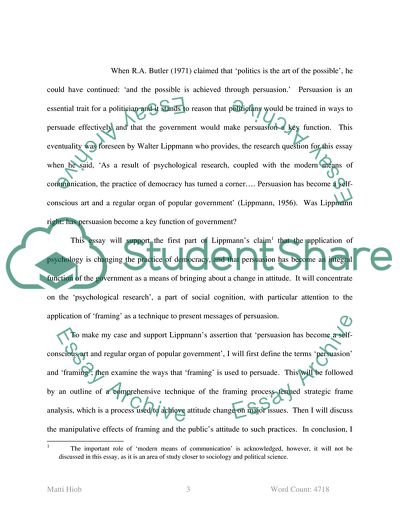Cite this document
(“Has Persuasion Become a Key Function of Democratic Governments Essay”, n.d.)
Has Persuasion Become a Key Function of Democratic Governments Essay. Retrieved from https://studentshare.org/social-science/1535011-has-persuasion-become-a-key-function-of-democratic-governments
Has Persuasion Become a Key Function of Democratic Governments Essay. Retrieved from https://studentshare.org/social-science/1535011-has-persuasion-become-a-key-function-of-democratic-governments
(Has Persuasion Become a Key Function of Democratic Governments Essay)
Has Persuasion Become a Key Function of Democratic Governments Essay. https://studentshare.org/social-science/1535011-has-persuasion-become-a-key-function-of-democratic-governments.
Has Persuasion Become a Key Function of Democratic Governments Essay. https://studentshare.org/social-science/1535011-has-persuasion-become-a-key-function-of-democratic-governments.
“Has Persuasion Become a Key Function of Democratic Governments Essay”, n.d. https://studentshare.org/social-science/1535011-has-persuasion-become-a-key-function-of-democratic-governments.


